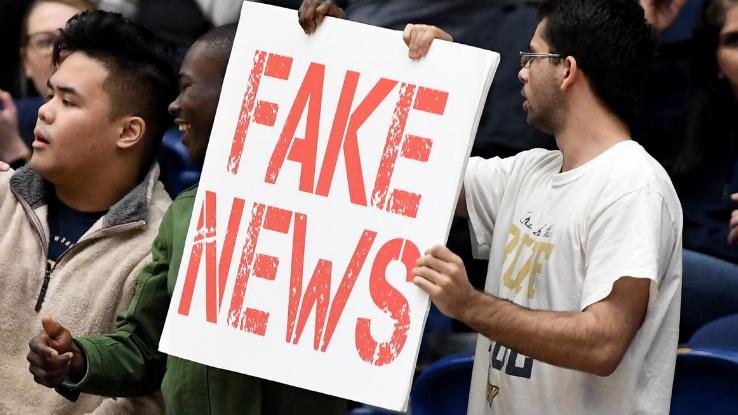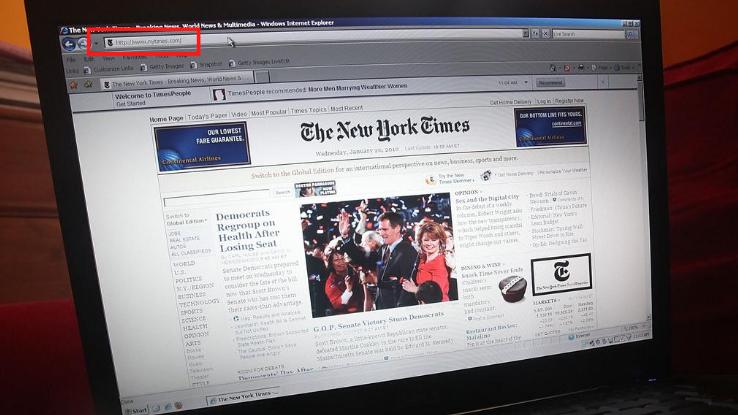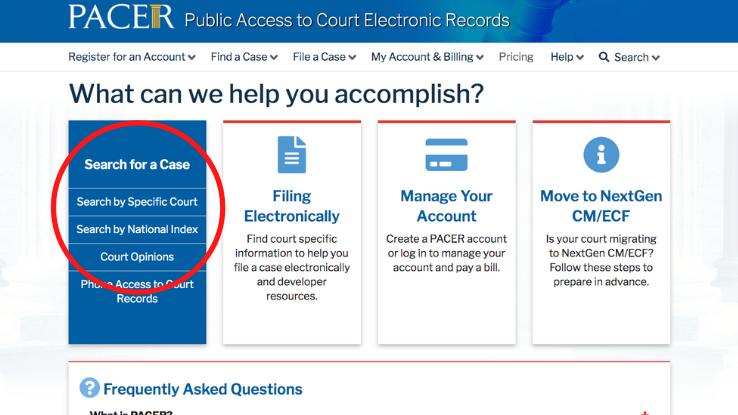
We’ve seen the damaging potential of fake news repeatedly. The spread of fake news about COVID-19 online has created confusion that resulted in a negative impact on public health. According to The Washington Post, politicians, celebrities and other public figures were the superspreaders of misinformation as “the source of about 20% of false claims.” One study of fake news found that misinformation got six times as many clicks as factual news sources during the 2020 election cycle.
The purposeful spread of misinformation on the internet isn’t new, but there are ways we can avoid — and learn to recognize it— so we don’t fall into the trap and distribute or believe false information ourselves. First, let’s define fake news.
Defining Fake News, Disinformation and Misinformation
- Fake news, as defined by the University of Michigan, is “those news stories that are false: the story itself is fabricated, with no verifiable facts, sources or quotes.”
This definition is most closely related to the Merriam-Webster definition for disinformation offered below, though some may employ a more expansive definition of fake news, and include sources that could be categorized as misinformation as well.
- Disinformation: false information deliberately and often covertly spread (as by the planting of rumors) in order to influence public opinion or obscure the truth
- Misinformation: incorrect or misleading information
So we can understand disinformation as wholly false and intentionally designed to mislead. We can understand misinformation as potentially containing some kernel of truth and not necessarily crafted deceptively. Depending on who you ask, one or both types of content may fall under the umbrella of fake news.
Thankfully, there are some steps we can take to protect ourselves from believing and spreading the false material.This guide will help you learn to identify images, videos and news articles that contain misinformation so they don’t slip through the cracks.
Check the Domain and Link
False news sites are sneaky, but there are a few easy signs that’ll help you catch them. First, check the web address to the news story. Some false news sites try to imitate reputable sources (such as ABC News or The Wall Street Journal) by making minor changes to their URLs, like adding or removing a letter, number or symbol. Compare the links of the official news outlet and the site of the story you’re reading to help confirm if the site is real or phony.

If the site isn’t a lookalike but you still don’t recognize the organization that published it, read its “About” section to better judge its content and credibility. This section of the site (or a similar page on it) should also have information about the company’s leaders to help you dig deeper into who’s running it and what their goals are.
Sometimes, a website’s About page will help you realize it’s not actually a serious news site. Not all companies publish misinformation maliciously. Some publications, like The Onion and ClickHole, create satirical content. For instance, ClickHole’s about page states, “Today, the average website carelessly churns out hundreds of pieces of pandering, misleading content, most of which tragically fall short of going viral. At ClickHole, we refuse to stand for this. We strive to make sure that all of our content panders to and misleads our readers just enough to make it go viral.” Often, a quick look is all it takes to help you realize a site is meant for entertainment and only entertainment.
Inspect the Story’s Sources, Dates and Text for Accuracy
Credible articles cite where their evidence came from, including related images, graphs and quotes. First, examine if the story’s claims match the information from its sources by visiting or reviewing those sources. If they don’t match, the story is providing inaccurate information.

The absence of sources may also suggest it’s a false news story. However, you can still search other major news outlets for similar claims. If the same information isn’t published anywhere else, it may be too good to be true. This approach applies to quotes in news stories as well. A quick Google search of exact quotes can help you find where the statement originated. Major news outlets often print the same quotes from public figures, but if only a few small organizations (or none at all) have published it, the quote may be made up.
Checking the dates within the story is also a good idea. False news stories often include timelines that don’t add up.
Also, look out for awkward formatting and mistakes in the text. Many “news” sites that share misinformation have typos. For instance, the Internet Research Agency connected to the 2016 election interference purposely used poor grammar and misspellings in its content.
Distinguish between fact, analysis, and opinion
News media will often contain analysis and sometimes opinion, in addition to factual evidence. Leaning on analysis-heavy pieces or even opinion-based articles to help you make sense of complicated news events is not wrong, but it is useful to know when you’re consuming analysis or opinion and when you’re being presented with facts. Importantly, facts can be cross-checked or confirmed using fact checking sites such as Politifact or the Washington Post Fact Checker, scientific publications, primary-source historical texts, etc.
For example: it is a fact that cattle are the number one source of agricultural greenhouse gas emissions world-wide. A fact-heavy news article might present this fact and also explain the research methodology behind the fact. An analysis piece on the same subject might question the sustainability of cattle farming and its impact on global warming. An opinion piece could argue anything from “there is no ethical way to eat a burger” to “burgers are too delicious to give up, so we must find other ways to cut emissions.”
More important than only consuming one type of news media over another is your ability to recognize what it is that you’re consuming, and whether or not the news you’re consuming is being honest about what it’s presenting. Fake news loves to package opinion pieces in the trappings of factual news.
Take a Closer Look at Images and Videos for Authenticity
Online trolls, or bullies, are more sneaky and advanced, making it difficult for social media platforms to detect and remove them and their content. Initially, misinformation was only spread through images and text. Now, there are also deepfakes, which are videos or audio generated by artificial intelligence to create fake events that appear authentic — it’s like Photoshop for audio. The technology has been used to create videos of Barack Obama using foul language and Mark Zuckerberg bragging about stealing “billions of people’s data.” Some deepfakes are harmless, but others could potentially cause damage by ruining someone’s reputation, influencing an election or impacting the response to a pandemic.

According to The Guardian, a person’s eyes don’t blink regularly on some deepfakes. The lip-syncing and skin tones are also sometimes off. Look closely at the edges of the people in the video; if they’re blurry or flickering, it may indicate a manipulated clip. However, deepfakes are improving their weaknesses, and it can be difficult to discern some of the giveaways that normally expose them as fake. In general, if the content is coming from an unfamiliar source, you should always take some time to do a little detective work to determine its legitimacy.
Another issue is that a news story’s photo may be authentic, but the information in the article is misreported. To find out the image’s real context, look into its origin if you find it suspicious. Perform a reverse image search by copying the link of the image and pasting it into Google’s image search tool.
Check First-hand Sources for More Information
Lastly, if you’re reading an article and are unsure if the information in it is correct, try looking at original records to do some further sleuthing. A first-hand source, also known as a primary source, is evidence about an event, object, person or work of art, with the material coming from the time period that’s being addressed and typically from a person or entity with a direct connection to the information.

“Primary sources are more credible as evidence,” but these sources should also be evaluated. Some examples of first-hand sources include:
- Interviews – Interviewing is one of the key principles of professional journalism. News agencies publish a person’s real identity with their direct quotes. Respectable journalists won’t jeopardize their jobs by altering quotes or providing misinformation, making these sources credible.
- Press Release – When you want to confirm whether a company’s statement was made or event actually happened, go to its website and verified social media accounts for official announcements. Many companies post links to their social media accounts on their sites. You can also visit a press release database such as PR Newswire or Businesswire to find and read these documents.
- Legal Filings – Articles that discuss crimes or legal issues often originate from legal filings. Fortunately, many case files are available to the public on sites such as the U.S. Courts‘s PACER and the Supreme Court of the United States’ official website. Individual states’ supreme court websites also often provide case records.
- Other first-hand sources – Diaries, letters, speeches, news film footage, artifacts, research data and scientific journal articles are also some examples of primary sources.
In using this guide, we hope you stay safe online and avoid fake news. It’s important to remain vigilant when you’re on social media and looking at images, videos and articles. Reminder: If you don’t recognize the source and it seems questionable, do some digging to find the truth. You may be surprised by what you learn.






